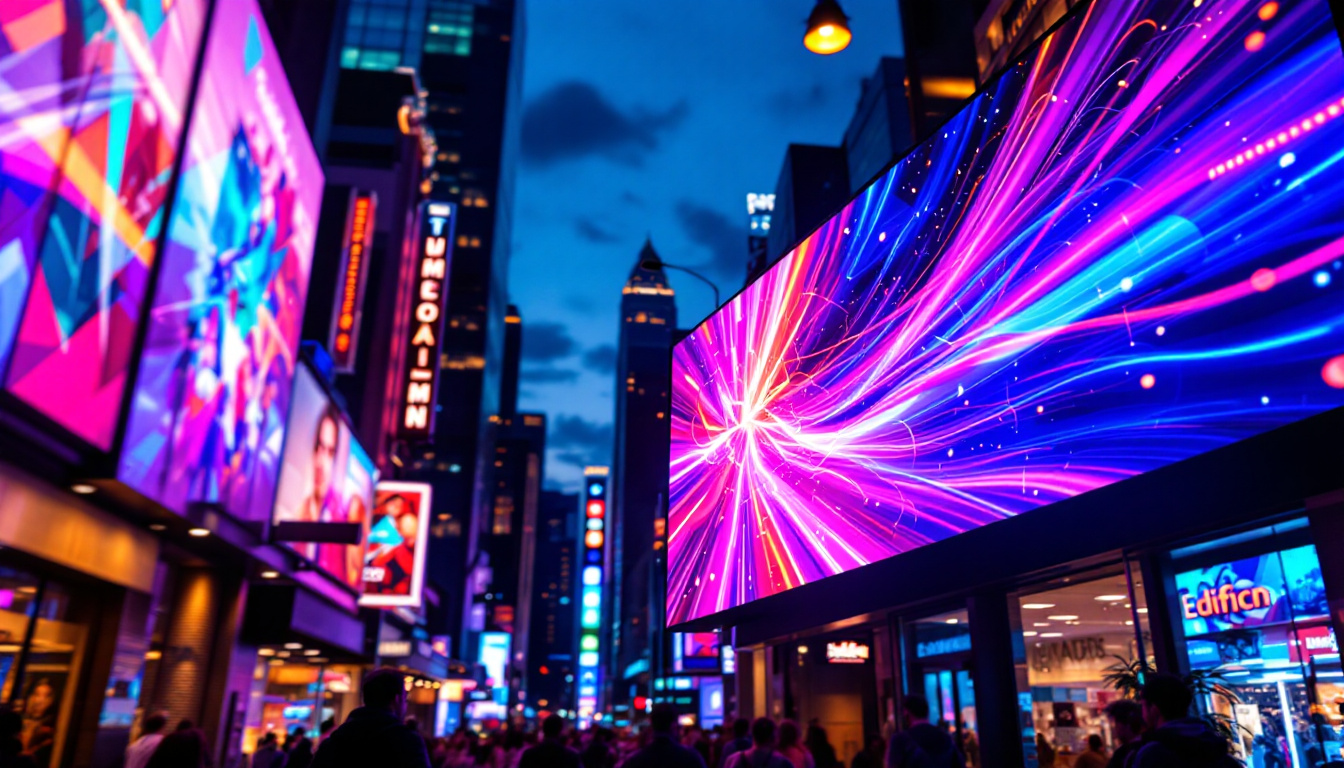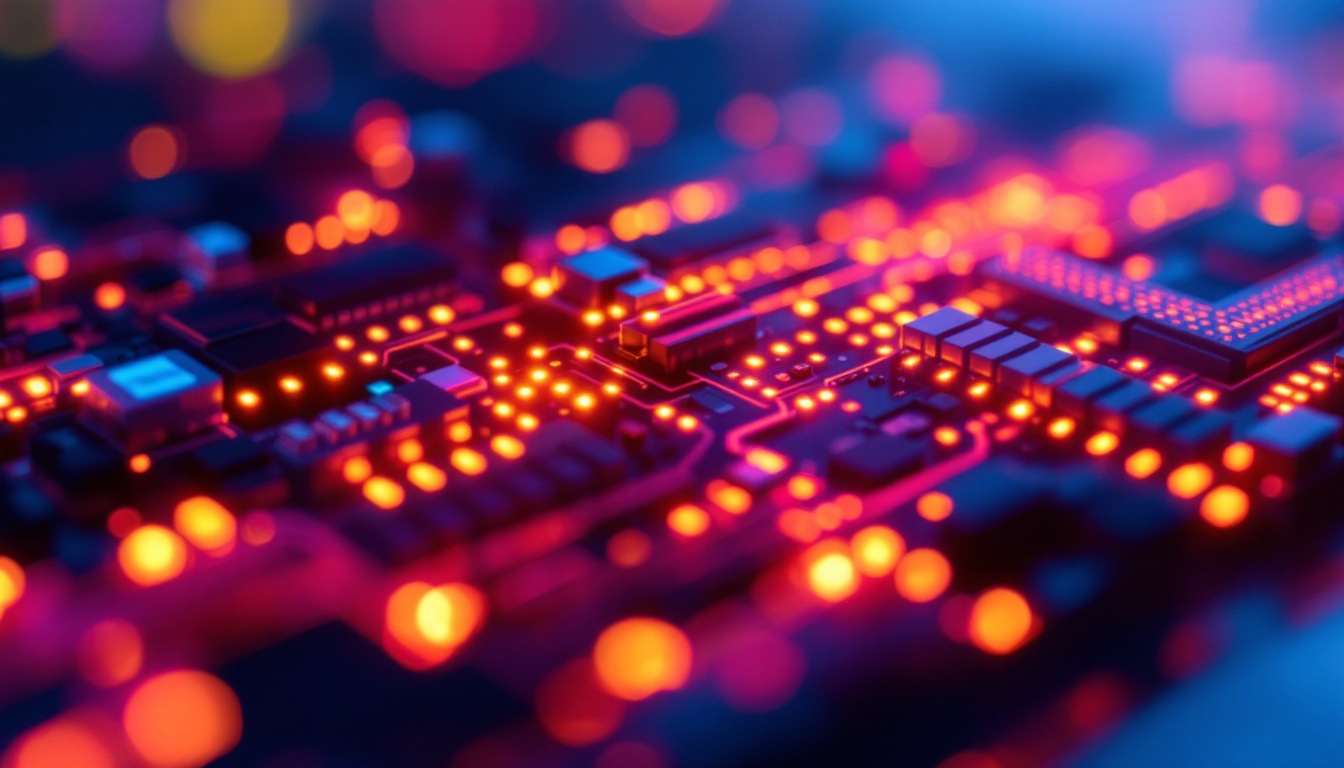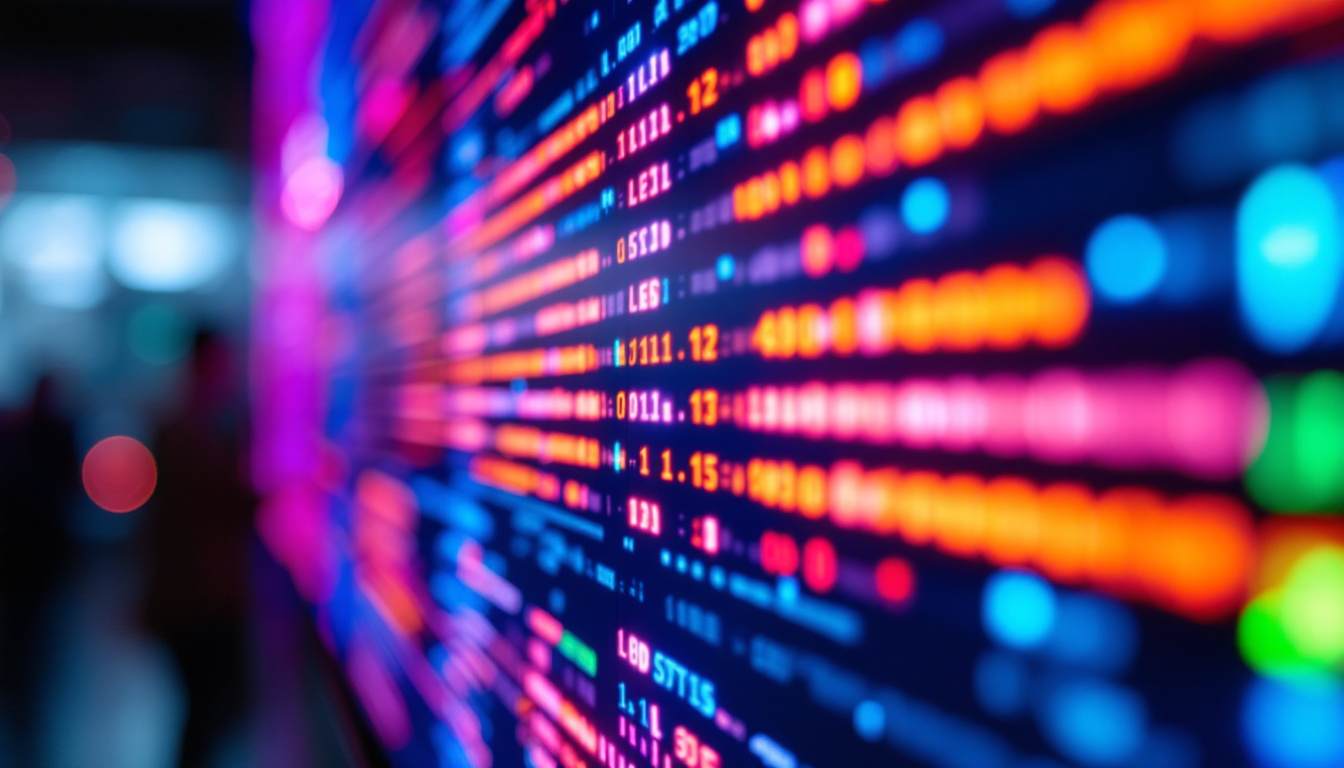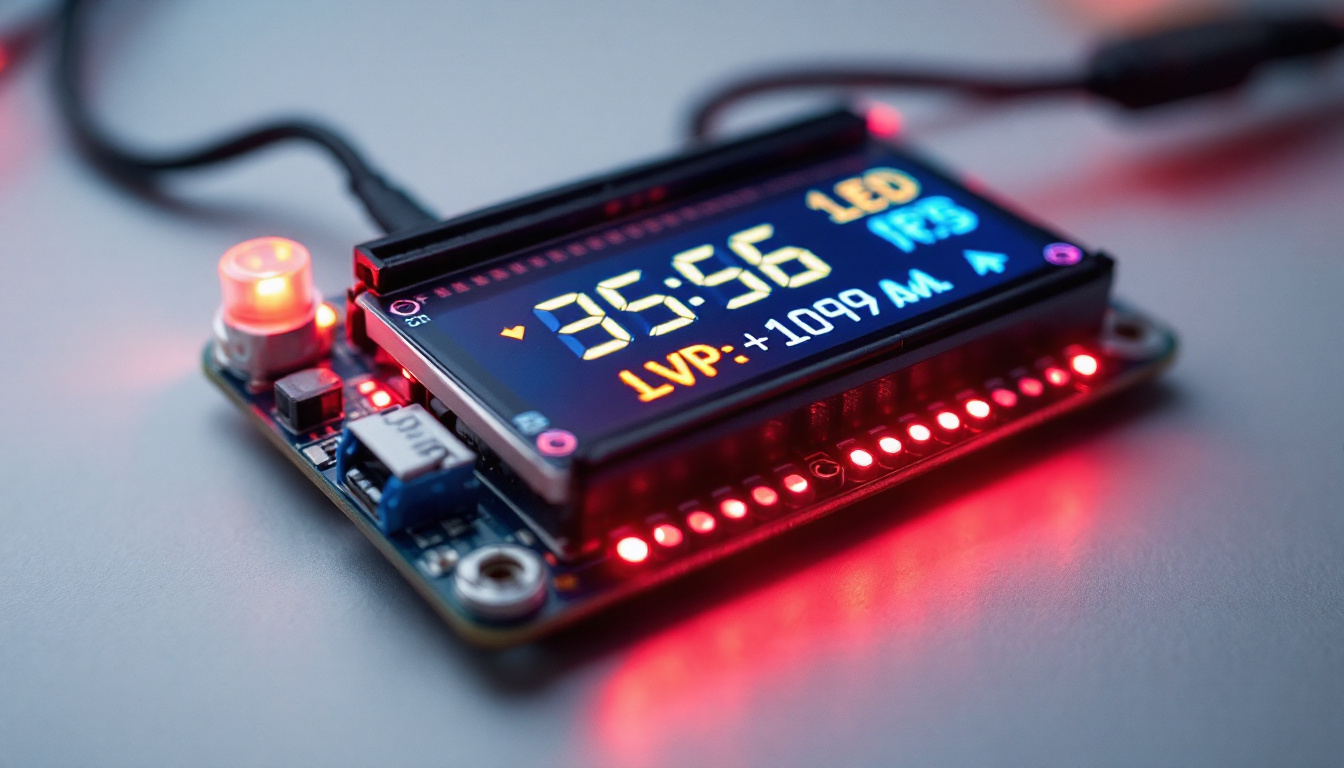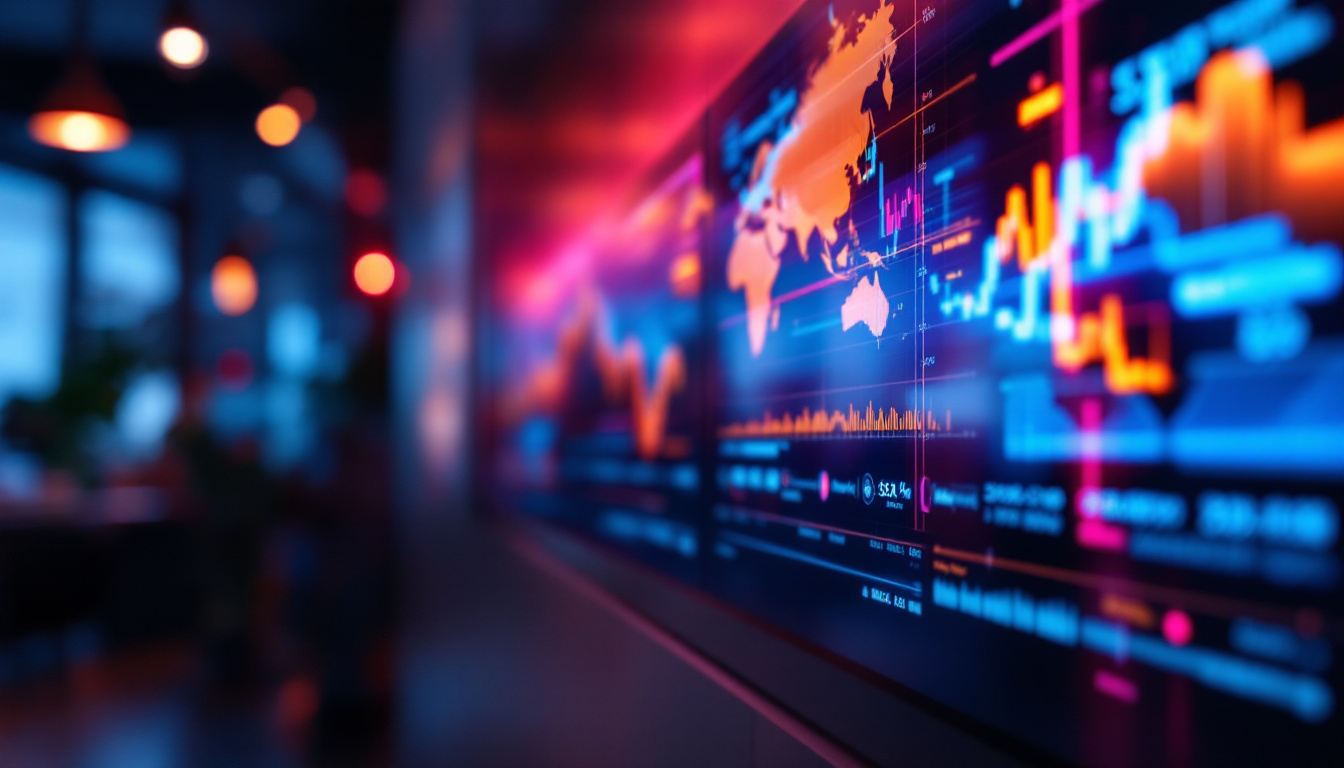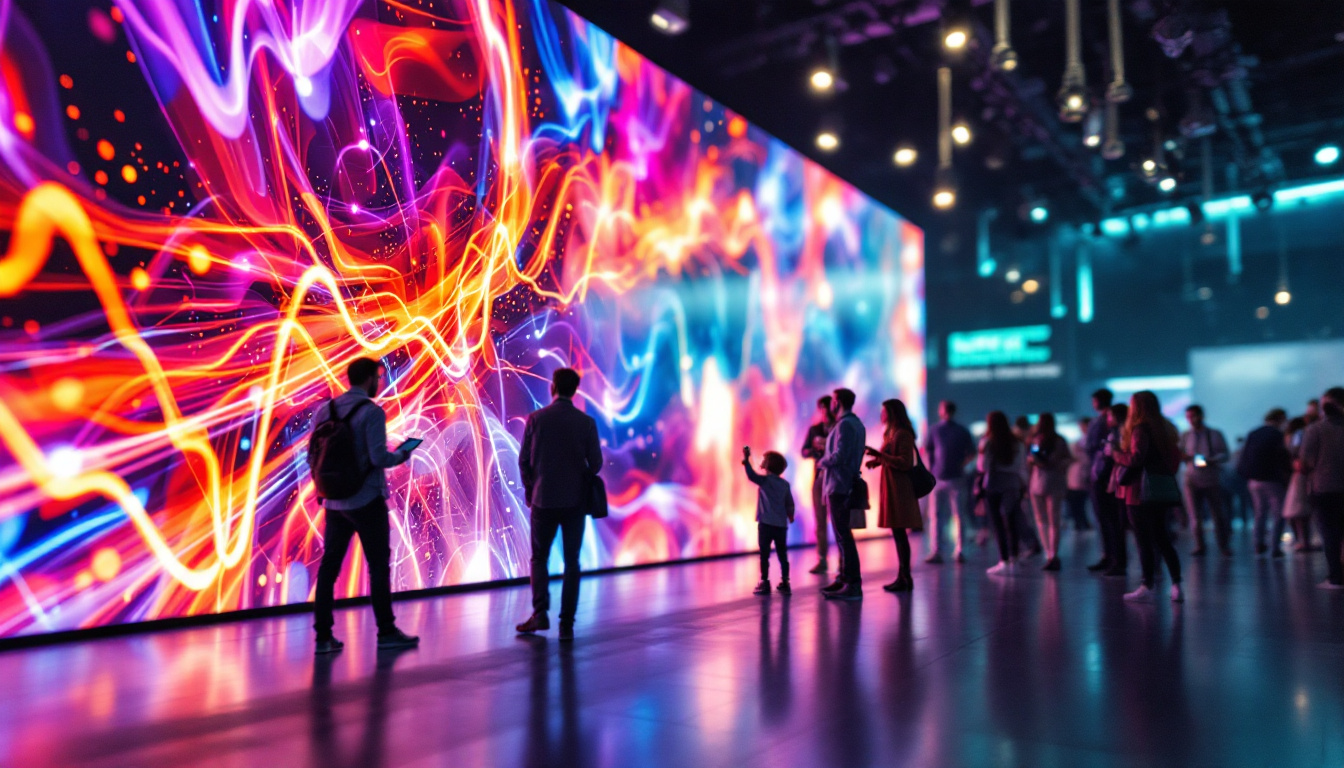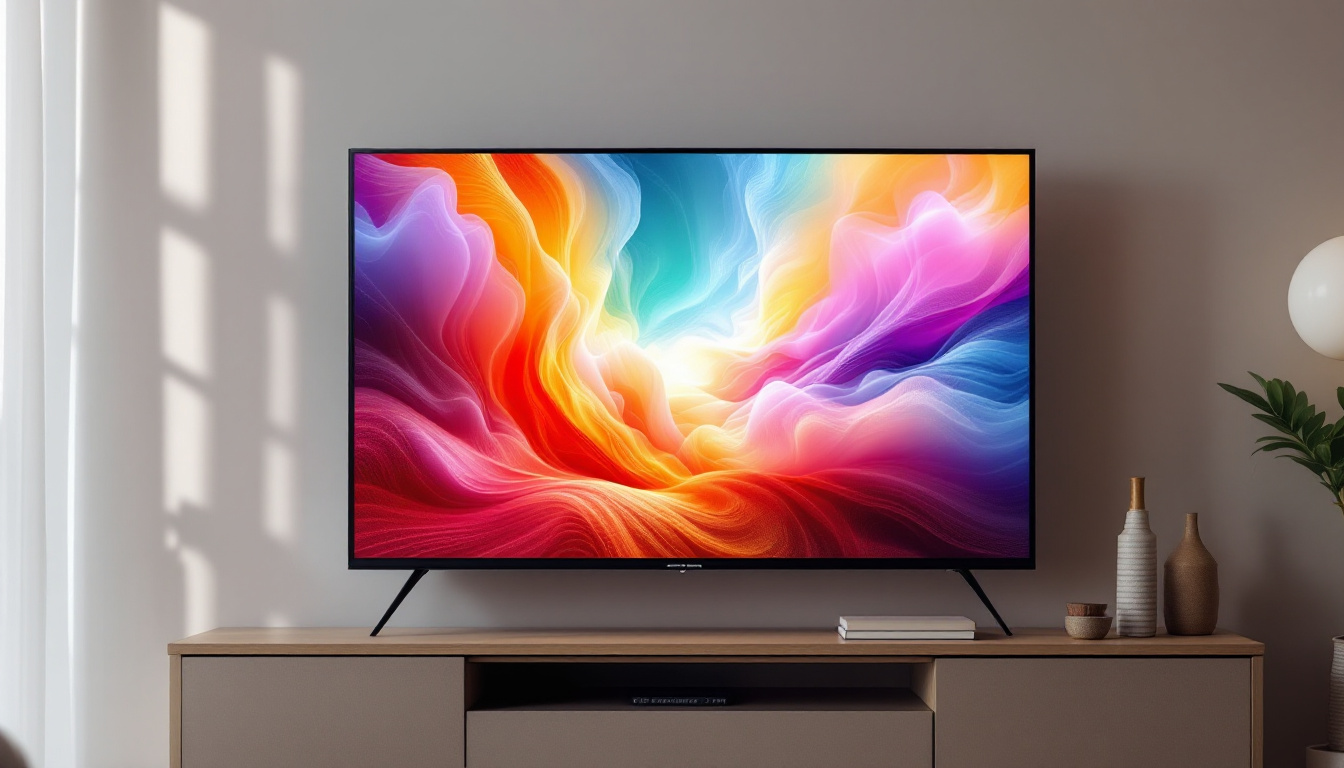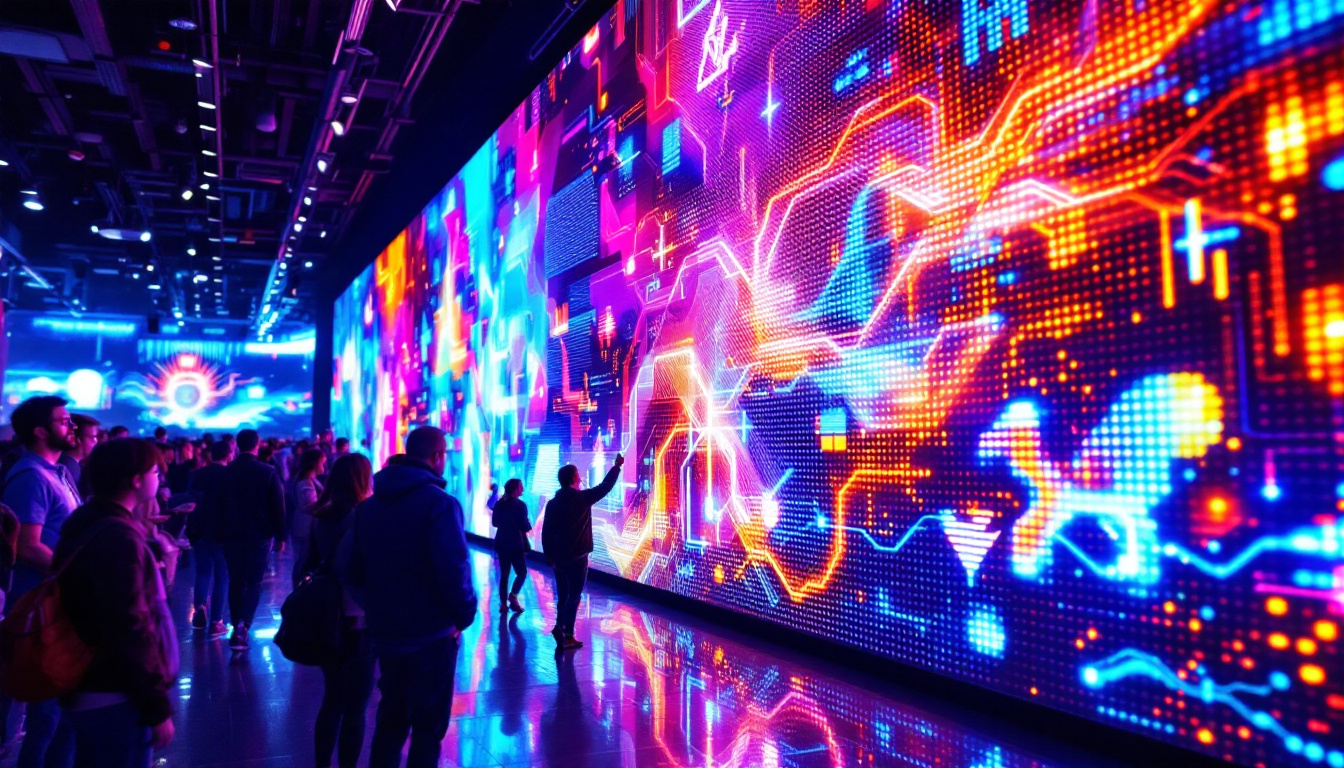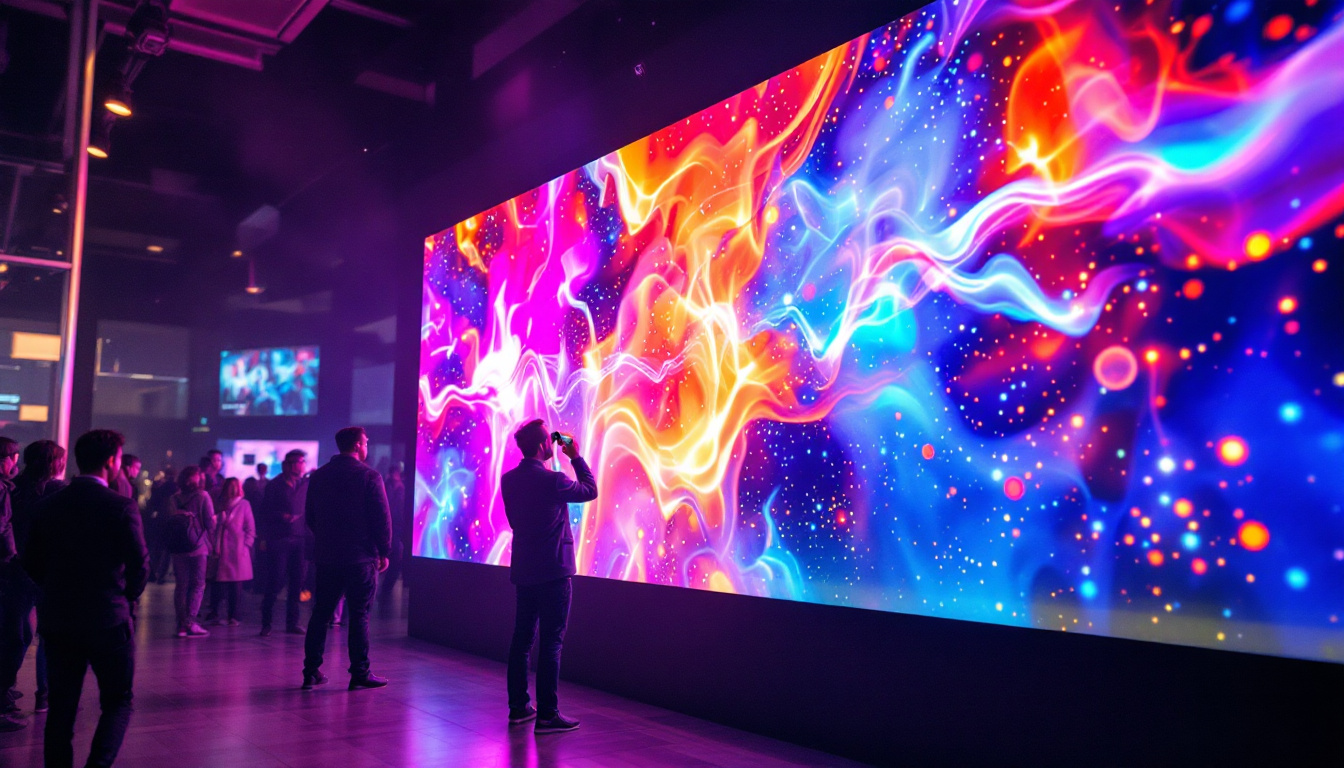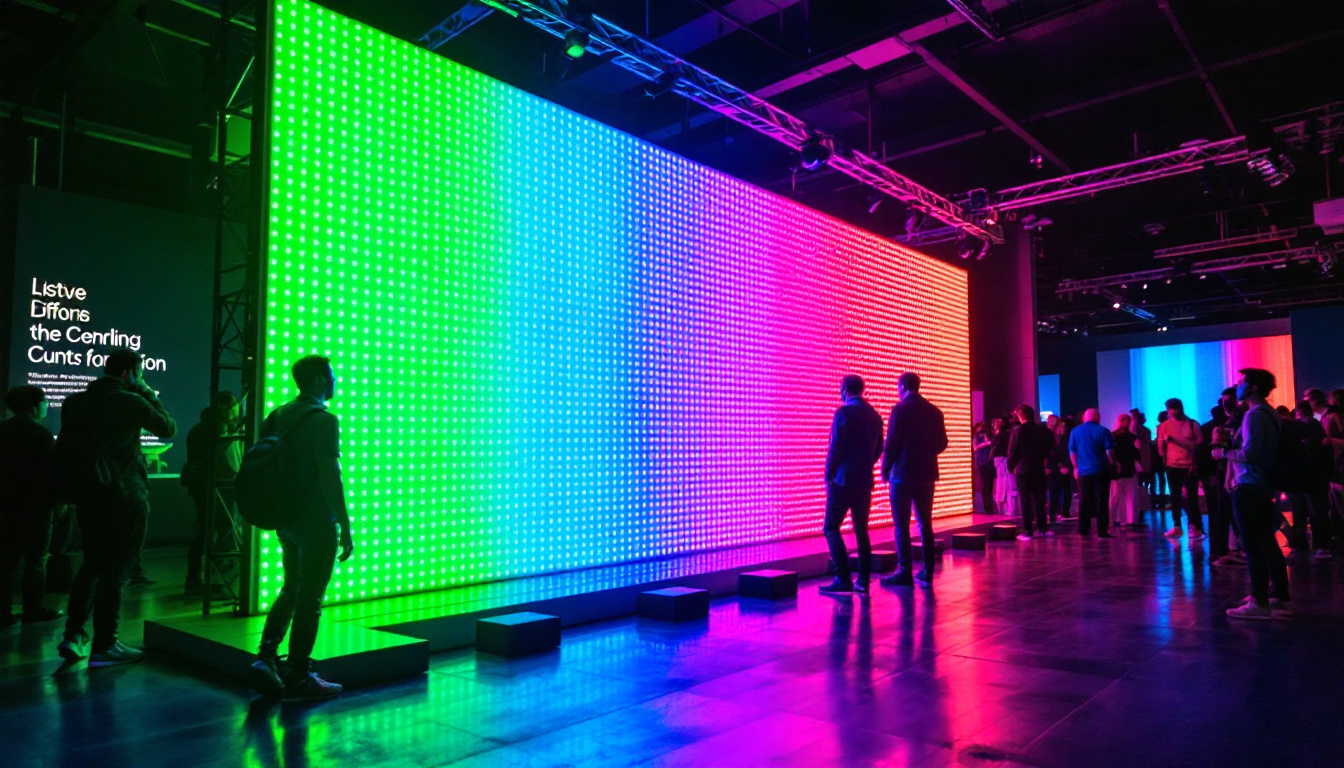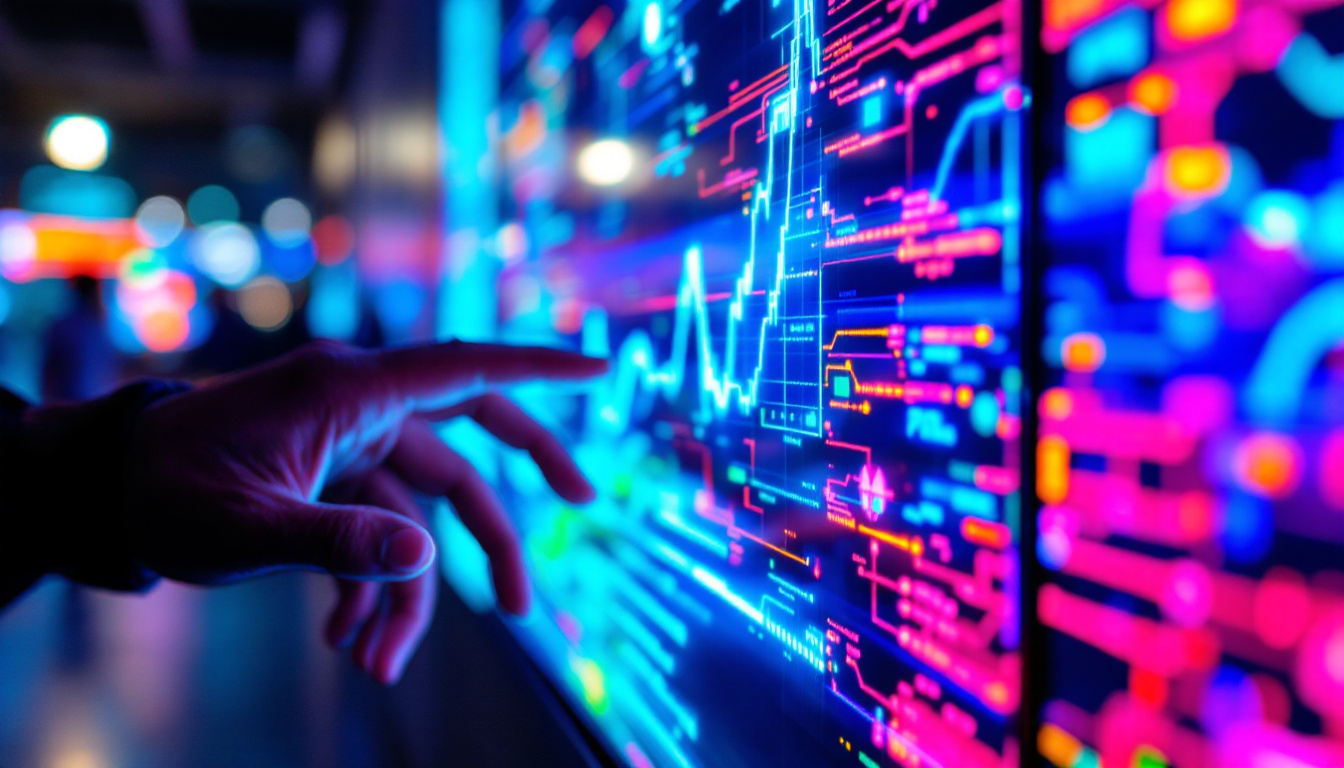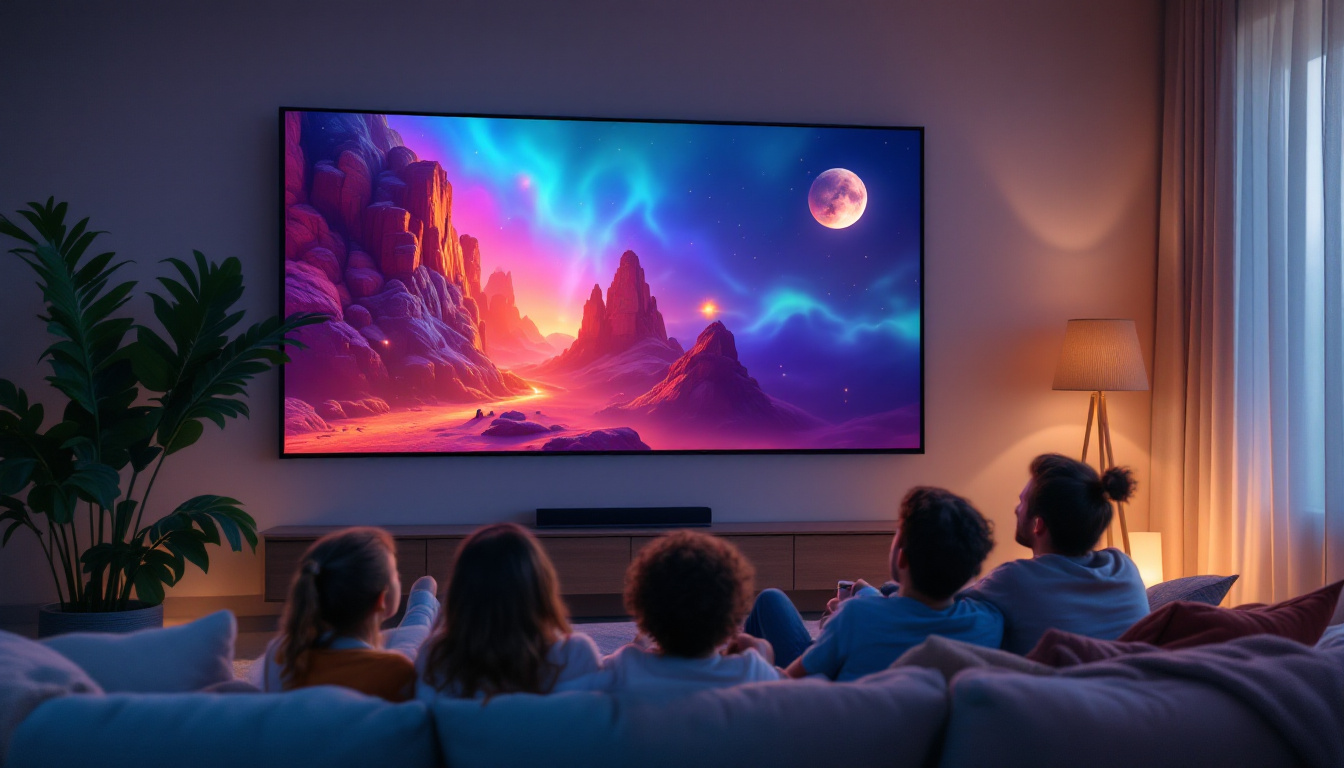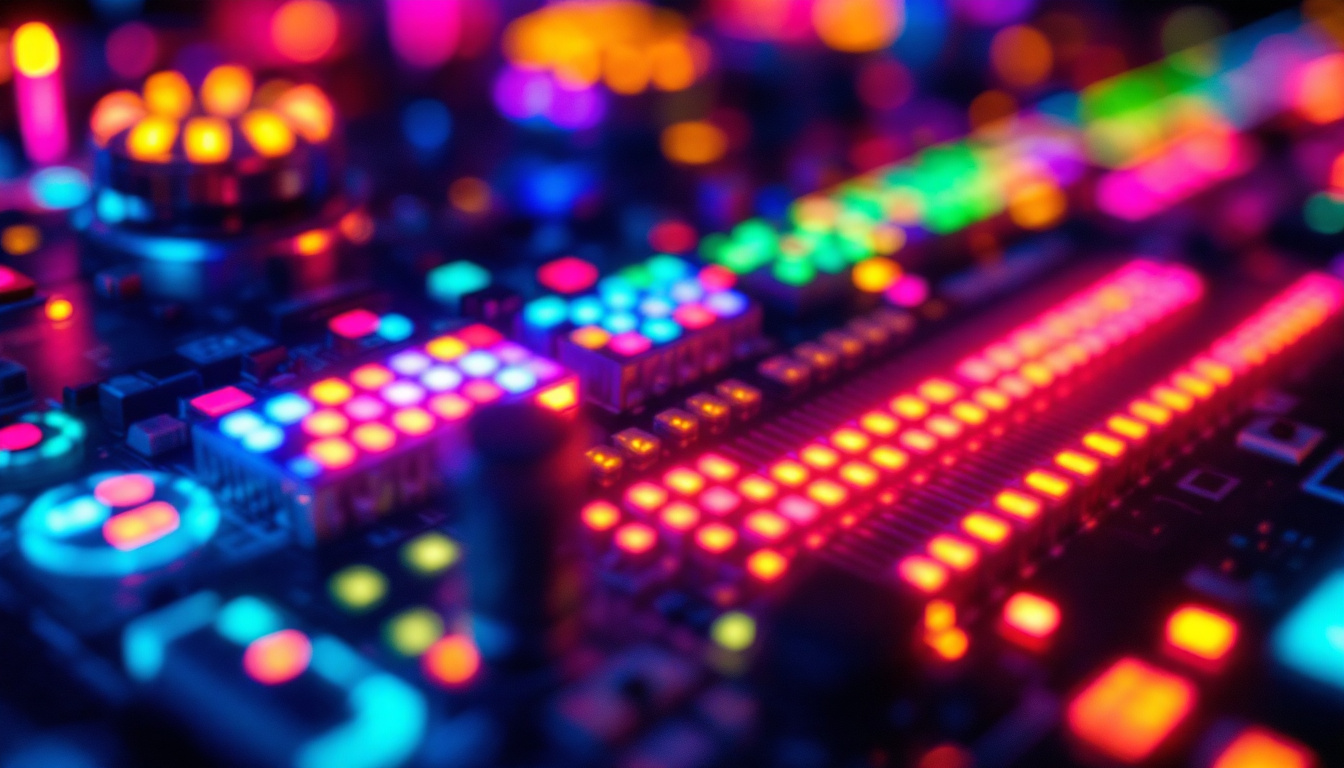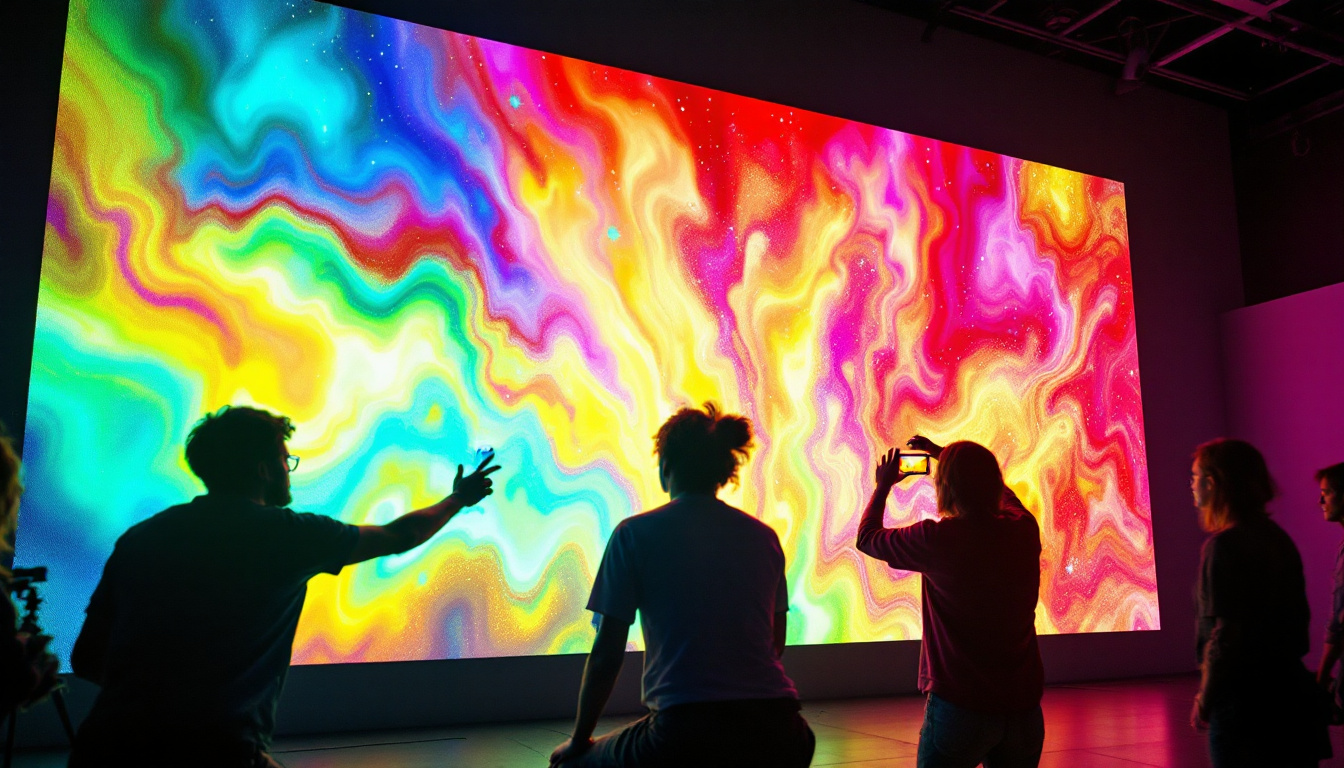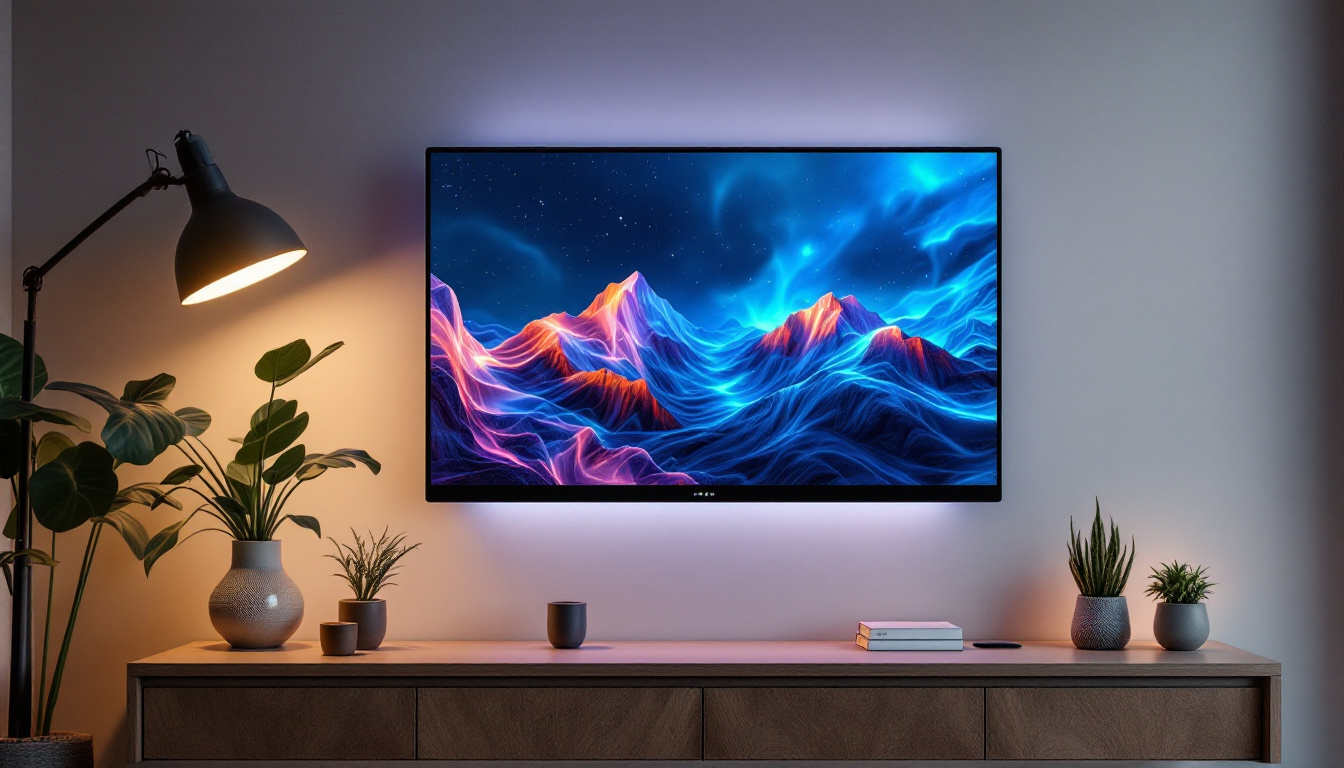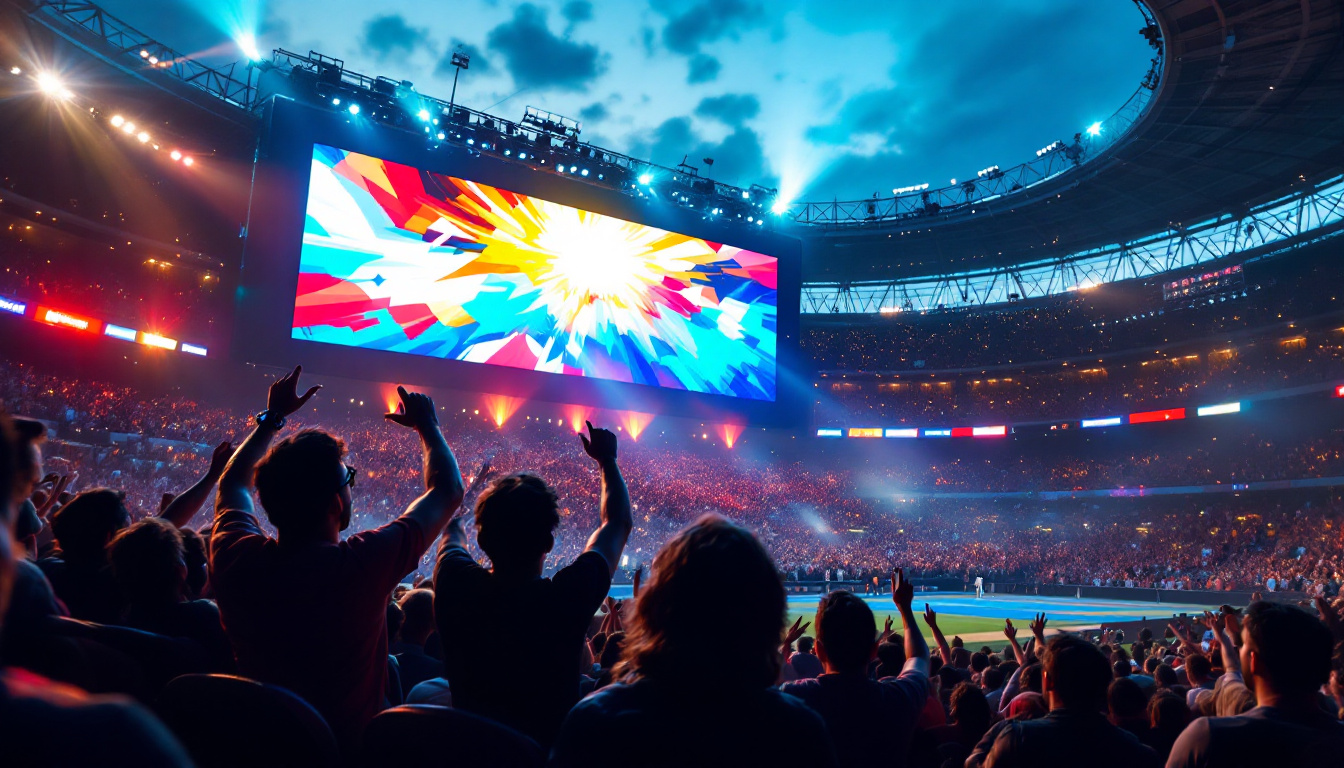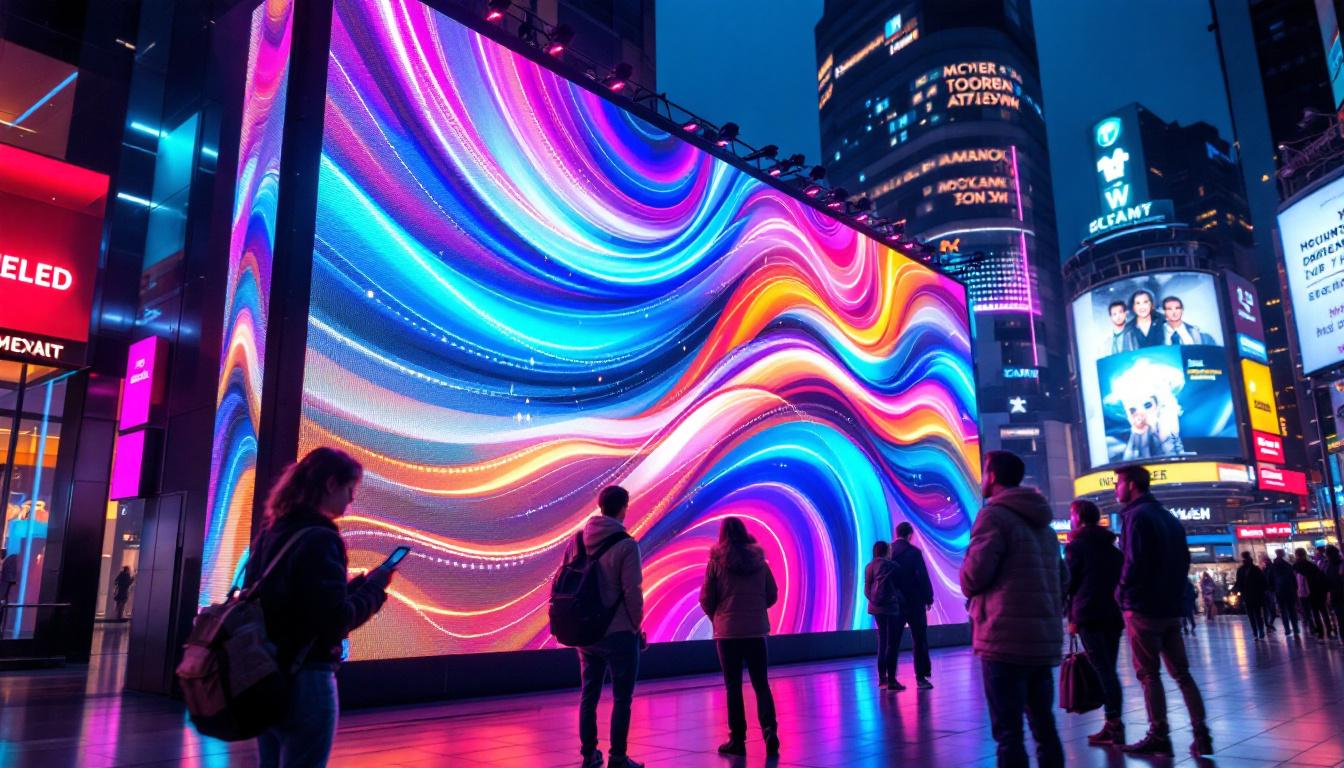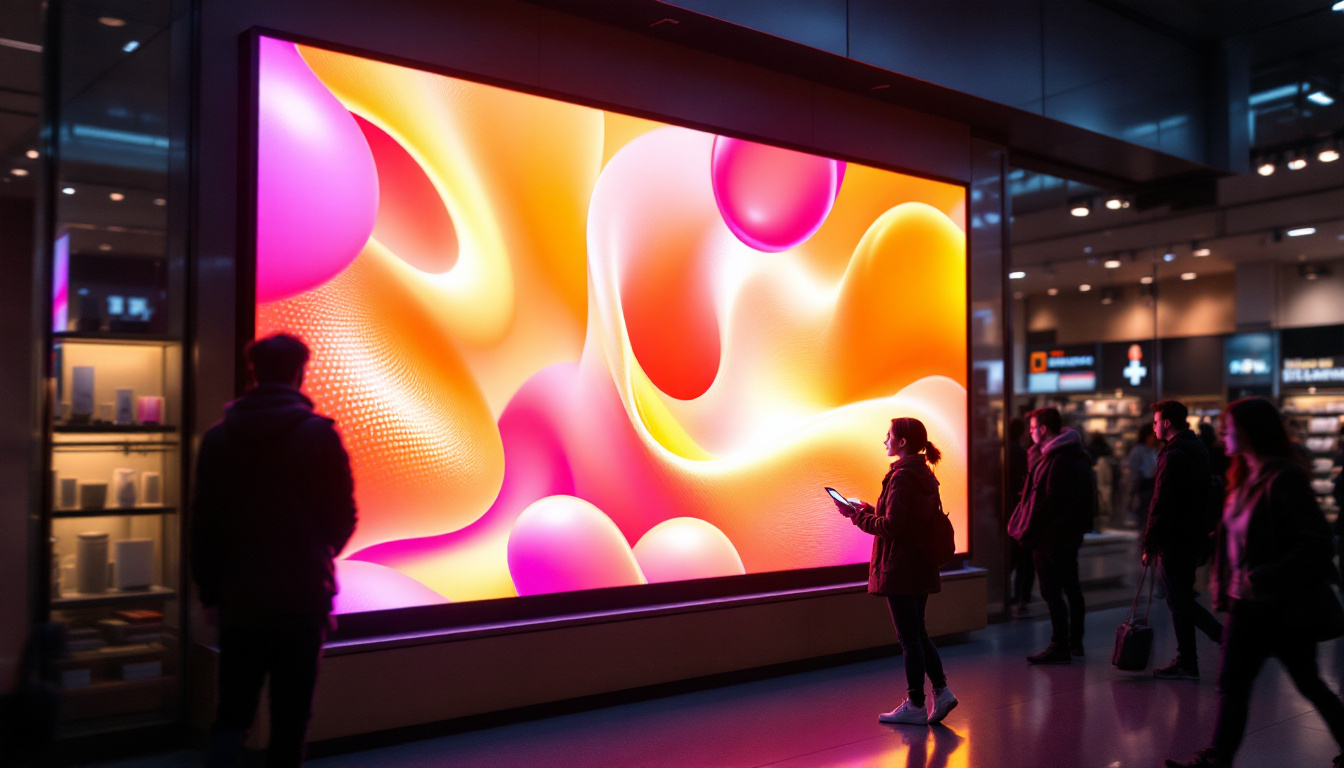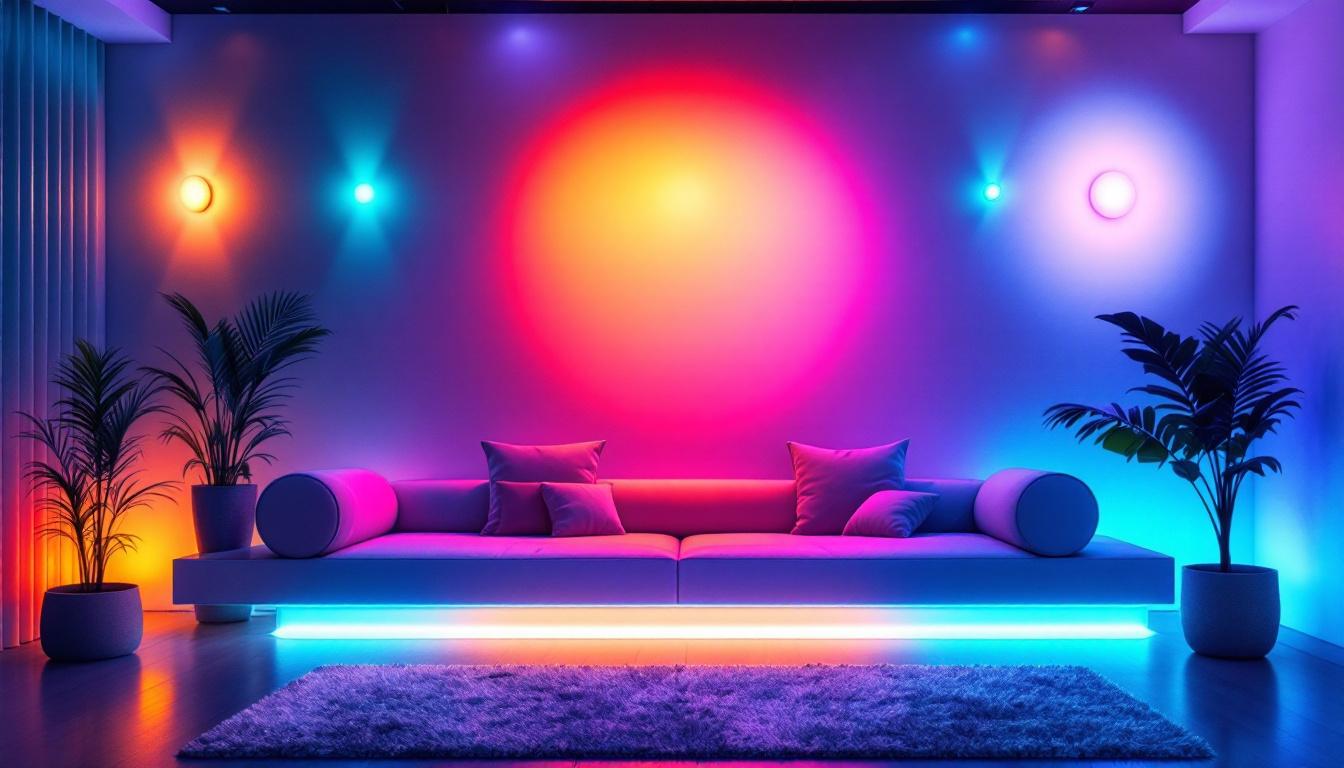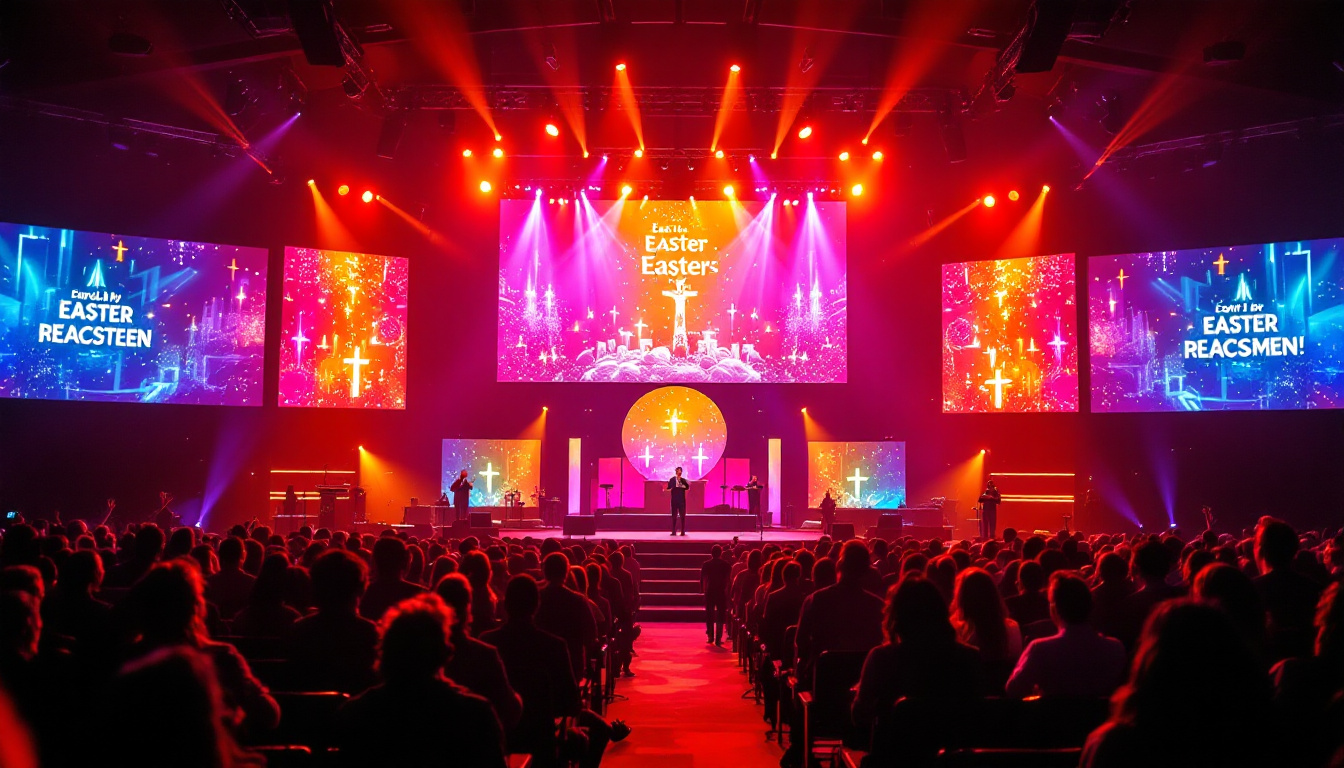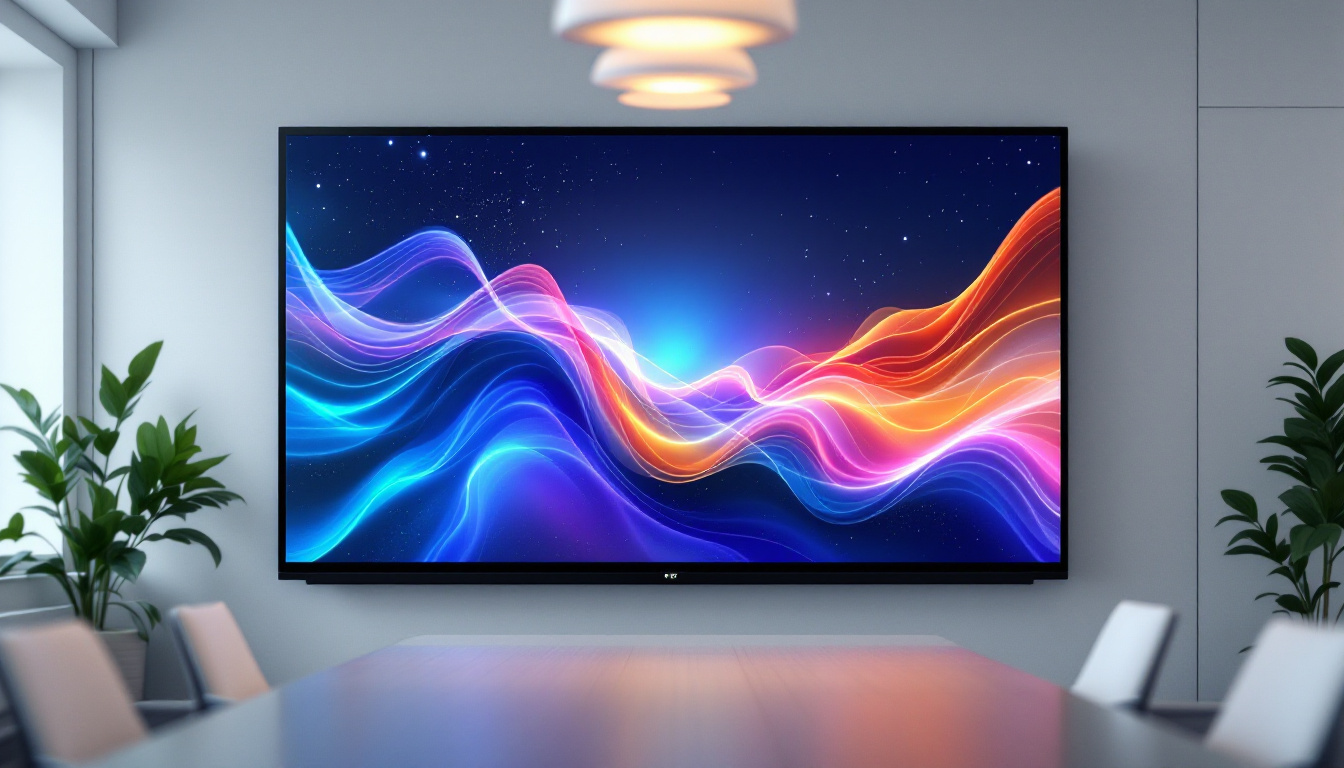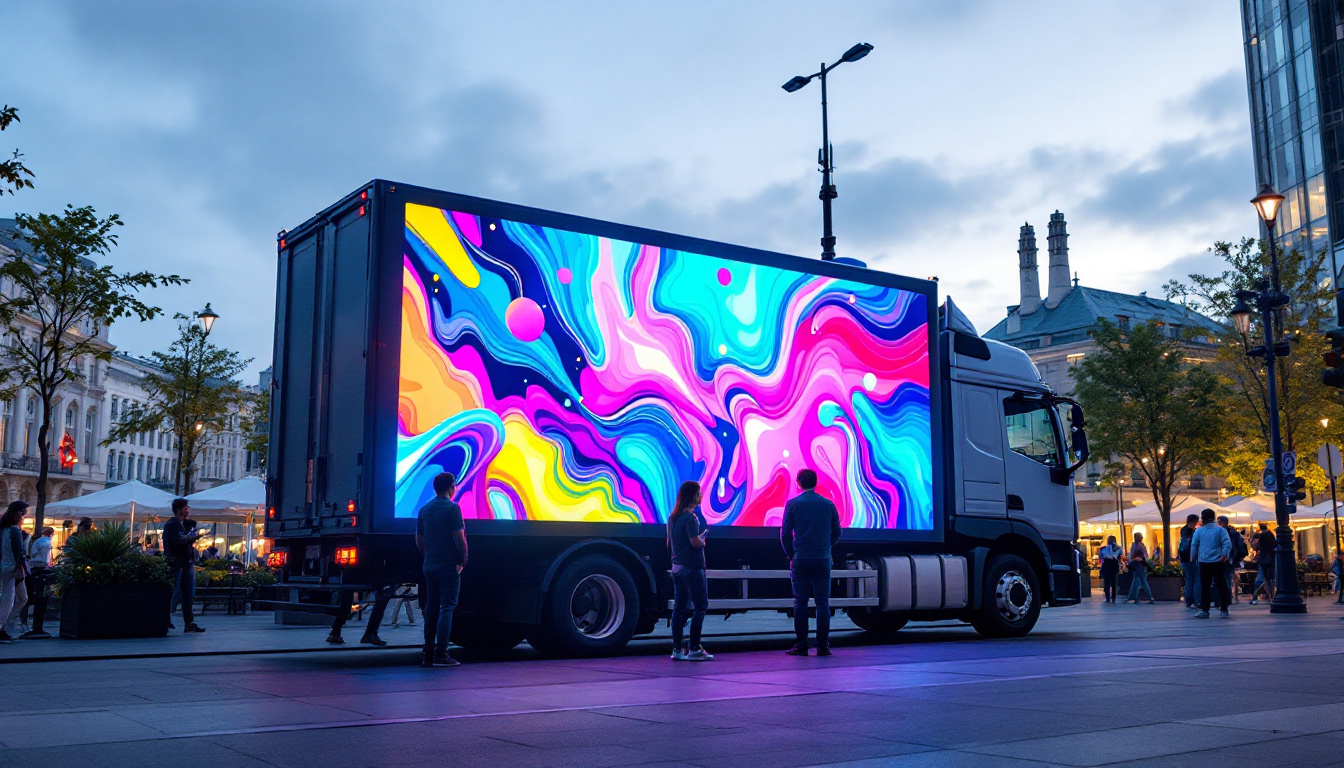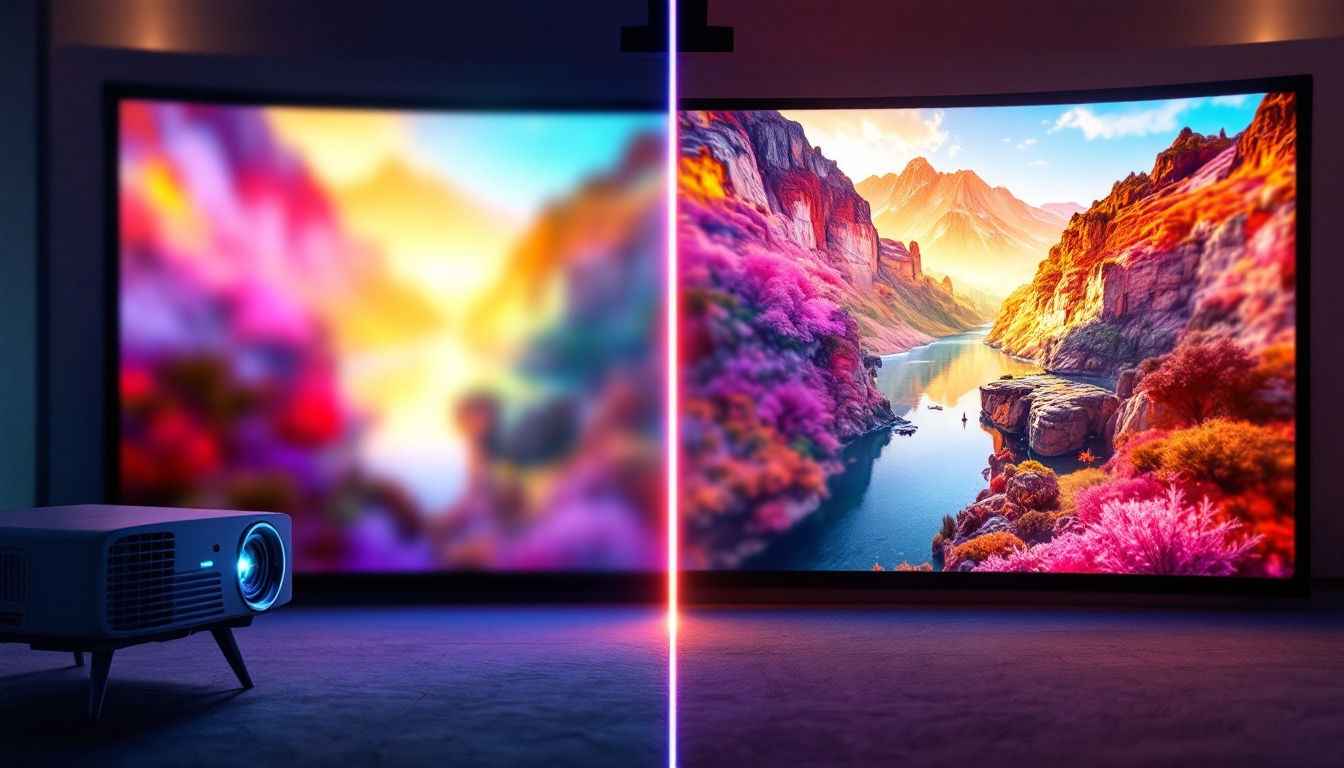In the world of modern display technology, the term “direct light” has become increasingly relevant, especially when discussing LED displays. Understanding the nuances of direct light can enhance one’s appreciation for how these displays function and their applications in various fields. This article delves into the definition of direct light, the mechanics of LED displays, and their advantages and disadvantages, providing a comprehensive overview for both novices and professionals.
Understanding Direct Light
Direct light refers to light that travels in a straight line from its source to the observer without being diffused or scattered. This concept is crucial in various fields, including photography, theater lighting, and display technologies. In the context of LED displays, direct light plays a significant role in determining the quality and clarity of the images produced.
The Nature of Direct Light
Direct light is characterized by its intensity and sharpness. Unlike diffused light, which spreads out and softens shadows, direct light creates strong contrasts and well-defined edges. This quality is particularly important in applications where detail and precision are paramount, such as in digital signage and high-definition displays.
In LED displays, direct light is emitted from individual light-emitting diodes (LEDs), which can be arranged in various configurations to create images. The ability of these diodes to produce direct light allows for vibrant colors and high brightness levels, making them suitable for both indoor and outdoor environments.
Direct Light vs. Diffused Light
While direct light is essential for clarity and vibrancy, diffused light has its own advantages. Diffused light can soften the harshness of shadows and create a more even illumination across a surface. This is often desirable in environments where a softer ambiance is preferred, such as in residential lighting or certain artistic displays.
In the context of LED displays, the choice between direct and diffused light can significantly impact the viewer’s experience. For instance, direct light is often favored in outdoor displays where visibility is crucial, while diffused light may be more suitable for indoor environments where comfort and aesthetics are prioritized.
LED Display Technology
LED (Light Emitting Diode) displays have revolutionized the way information and entertainment are presented. These displays utilize semiconductor technology to convert electrical energy into light, resulting in a highly efficient and versatile display medium. Understanding the mechanics behind LED displays can help clarify the role of direct light in their operation.
How LED Displays Work
At the core of an LED display are thousands, if not millions, of individual LEDs. These tiny diodes emit light when an electric current passes through them. The arrangement and color of these LEDs can be manipulated to create a wide range of colors and images. In most cases, red, green, and blue (RGB) LEDs are combined to produce a full spectrum of colors through additive color mixing.
The brightness of an LED display is determined by the intensity of the direct light emitted from these diodes. Higher brightness levels are particularly advantageous in outdoor settings, where ambient light can wash out less powerful displays. The direct light produced by LEDs ensures that images remain clear and vivid, even in bright sunlight.
Types of LED Displays
LED displays come in various types, each designed for specific applications. The two primary categories are:
- Direct View LED Displays: These displays consist of numerous LEDs that are directly visible to the viewer. They are commonly used for billboards, digital signage, and large-scale video walls.
- LED Backlit Displays: In these displays, LEDs are used as a backlight for LCD screens. This technology enhances the brightness and contrast of the images displayed on the screen.
Each type has its own set of advantages and disadvantages, making them suitable for different environments and purposes. Direct view LED displays are particularly effective for outdoor use, while LED backlit displays are often found in televisions and computer monitors.
Advantages of LED Displays
LED displays offer numerous advantages that make them a popular choice in various applications. From energy efficiency to versatility, these displays have transformed how visual information is presented.
Energy Efficiency
One of the most significant benefits of LED displays is their energy efficiency. Compared to traditional display technologies, such as incandescent or fluorescent lights, LEDs consume significantly less power. This efficiency not only reduces operational costs but also decreases the environmental impact of lighting and display technology.
The low energy consumption of LED displays is particularly beneficial for large installations, such as outdoor billboards or stadium screens, where the cost of electricity can be substantial. Over time, the savings on energy bills can offset the initial investment in LED technology.
High Brightness and Contrast
LED displays are known for their high brightness levels, which make them suitable for various lighting conditions. The direct light emitted by LEDs ensures that images remain visible even in bright sunlight, making them ideal for outdoor applications.
Additionally, the high contrast ratio of LED displays enhances the overall viewing experience. The ability to produce deep blacks alongside bright whites allows for more dynamic and engaging images, which is especially important in fields like advertising and entertainment.
Longevity and Durability
LED technology is inherently more durable than traditional display technologies. LEDs have a longer lifespan, often exceeding 50,000 hours of use, which translates to years of reliable performance. This longevity reduces the need for frequent replacements, making LED displays a cost-effective solution in the long run.
Moreover, LED displays are more resistant to shock and vibration, which is particularly advantageous in outdoor settings where environmental conditions can be harsh. This durability ensures that LED displays maintain their performance and appearance over time.
Disadvantages of LED Displays
While LED displays offer numerous advantages, they are not without their drawbacks. Understanding these limitations is essential for making informed decisions regarding display technology.
Initial Cost
The initial investment for LED display technology can be higher than traditional display options. Although prices have decreased in recent years, the upfront costs associated with purchasing and installing LED displays can still be a barrier for some businesses and organizations.
However, it is important to consider the long-term savings associated with energy efficiency and reduced maintenance costs. Over time, the return on investment can justify the initial expenditure, particularly for high-usage applications.
Viewing Angles
Another challenge associated with LED displays is their viewing angles. While many modern LED displays have improved viewing angles, some models may still suffer from color distortion or brightness loss when viewed from extreme angles. This limitation can impact the effectiveness of displays in certain settings, particularly in large venues where viewers may be positioned at various angles.
To mitigate this issue, manufacturers are continually developing new technologies and designs to enhance the viewing experience, ensuring that LED displays remain competitive in the market.
Applications of LED Displays
The versatility of LED displays has led to their widespread adoption across various industries. From advertising to entertainment, these displays serve a multitude of purposes, showcasing their adaptability and effectiveness.
Advertising and Marketing
One of the most prominent applications of LED displays is in advertising and marketing. Digital billboards and signage utilize the high brightness and vibrant colors of LED technology to capture the attention of passersby. The ability to change content quickly and easily allows businesses to promote products and services dynamically, enhancing engagement with potential customers.
In retail environments, LED displays are often used to showcase promotions, sales, and new arrivals. Their eye-catching nature makes them an effective tool for driving foot traffic and increasing sales.
Entertainment and Events
LED displays have become a staple in the entertainment industry, particularly in concerts, festivals, and sporting events. Large-scale LED screens provide audiences with immersive experiences, displaying live feeds, graphics, and animations that enhance the overall atmosphere.
In addition to outdoor events, LED displays are also utilized in theaters and cinemas, where they can serve as backdrops or screens for projections. Their ability to produce high-quality images and vibrant colors makes them an ideal choice for captivating audiences.
Transportation and Information Displays
LED displays are widely used in transportation systems, including airports, train stations, and bus terminals. These displays provide real-time information about arrivals, departures, and delays, ensuring that passengers stay informed and can make timely decisions.
Moreover, LED displays are often employed in traffic management systems, where they can convey important messages to drivers, such as speed limits, road conditions, and alerts. The clarity and visibility of LED technology make it an effective medium for conveying critical information in real-time.
The Future of LED Display Technology
The future of LED display technology looks promising, with ongoing advancements in design, efficiency, and functionality. As technology continues to evolve, several trends are emerging that may shape the landscape of LED displays in the coming years.
MicroLED and MiniLED Technologies
MicroLED and MiniLED technologies represent the next generation of LED displays. These innovations allow for smaller, more efficient LEDs that can be arranged in a modular fashion, offering greater flexibility in design and application. MicroLED displays, in particular, promise to deliver even higher brightness levels and improved color accuracy, making them ideal for high-end applications.
As these technologies mature, they are expected to become more accessible, potentially replacing traditional LED displays in various settings.
Integration with Smart Technologies
As the world becomes increasingly interconnected, the integration of LED displays with smart technologies is becoming more prevalent. This includes the incorporation of IoT (Internet of Things) capabilities, allowing displays to communicate with other devices and systems for enhanced functionality.
For instance, smart LED displays can be programmed to adjust their brightness based on ambient light conditions or to display targeted content based on audience demographics. This level of interactivity and adaptability can significantly enhance the effectiveness of LED displays in advertising and information dissemination.
Sustainability Initiatives
As environmental concerns continue to grow, the LED display industry is also focusing on sustainability initiatives. Manufacturers are exploring ways to reduce the environmental impact of production processes and improve the recyclability of components.
Additionally, advancements in energy efficiency will continue to be a priority, ensuring that LED displays remain a sustainable choice for businesses and organizations looking to minimize their carbon footprint.
Conclusion
In summary, direct light plays a crucial role in the functionality and effectiveness of LED displays. Understanding the definition and characteristics of direct light, alongside the mechanics of LED technology, can provide valuable insights into their applications and advantages. While LED displays offer numerous benefits, it is essential to consider their limitations and the context in which they will be used.
As technology continues to evolve, the future of LED displays looks bright, with innovations paving the way for even more exciting applications. Whether in advertising, entertainment, or information dissemination, LED displays are set to remain a significant force in visual communication for years to come.
Explore the Future of Visual Communication with LumenMatrix
Ready to experience the pinnacle of LED display technology? LumenMatrix is at the forefront of innovation, offering an extensive array of LED display solutions that bring your visual communication to life. From mesmerizing Indoor LED Walls to dynamic Outdoor LED Displays, and from versatile Vehicle LED Displays to engaging LED Sports Displays, our products are designed to captivate and engage your audience. Discover how LumenMatrix can transform your brand’s visibility and create unforgettable visual experiences. Check out LumenMatrix LED Display Solutions today and step into the future of digital signage.

